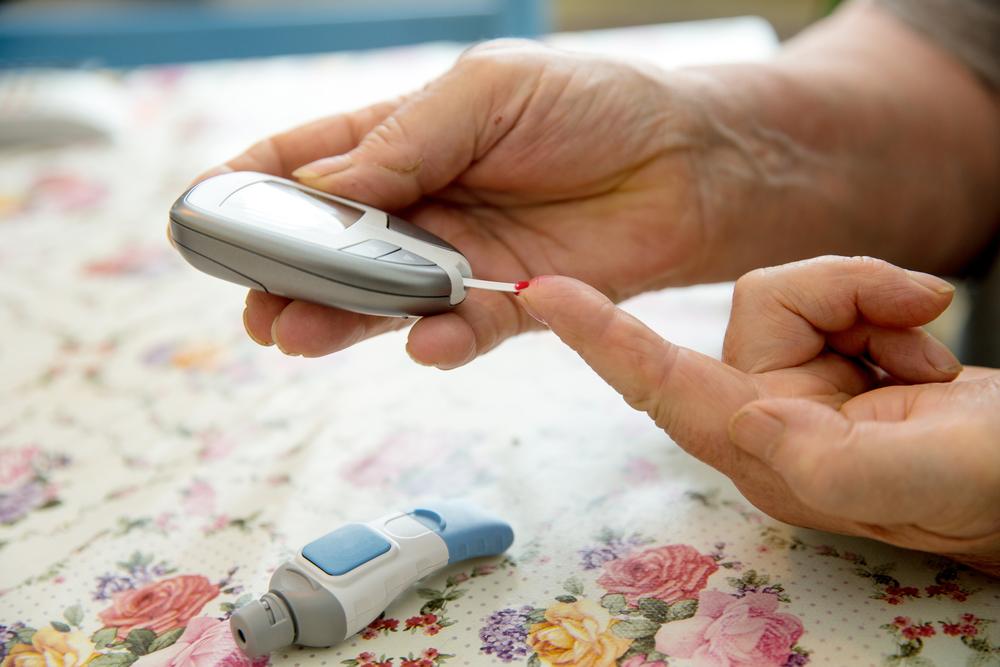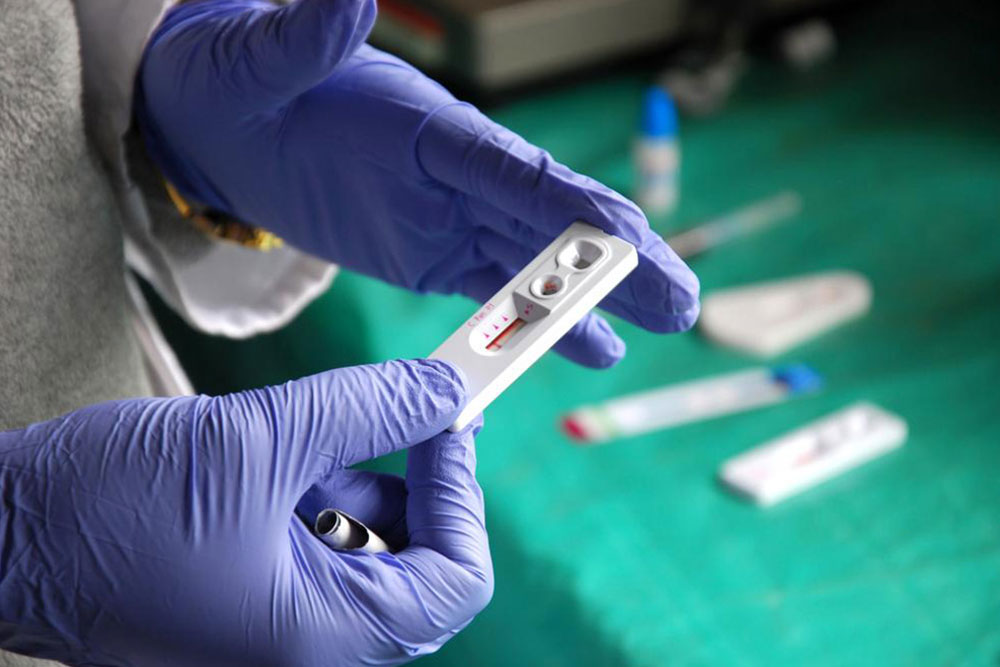Comprehensive Guide to Pulmonary Fibrosis: Causes, Symptoms, and Advanced Treatments
Discover an in-depth overview of pulmonary fibrosis, including its causes, symptoms, diagnostic methods, and the latest treatments. Learn how early intervention and ongoing management can improve patient outcomes in this comprehensive guide on this serious lung condition.

Comprehensive Guide to Pulmonary Fibrosis: Causes, Symptoms, and Advanced Treatments
Pulmonary fibrosis is a serious chronic lung disease characterized by the progressive formation of scar tissue within the lungs. This fibrosis process causes the lung tissues to become stiff and less elastic, severely impairing respiratory function. As the normal alveolar tissue is gradually replaced by dense fibrous tissue, individuals experience significant breathing difficulties and a decline in overall lung capacity. Understanding this disease in depth—its causes, symptoms, and the latest available treatment options—is crucial for early diagnosis and management.
In essence, pulmonary fibrosis involves abnormal healing responses of the lung tissue following injury or inflammation. Instead of healing normally, the lungs undergo excessive fibrotic tissue formation, hindering oxygen exchange and leading to life-altering symptoms. Although some forms of pulmonary fibrosis are idiopathic (meaning their cause is unknown), others are linked to specific exposures or medical conditions, making diagnosis and treatment complex but vital.
Causes and Risk Factors
numerous factors contribute to the development of pulmonary fibrosis. Genetic predispositions can make some individuals more susceptible, especially if they carry specific gene mutations affecting lung tissue repair. Environmental exposures play a significant role as well.
Chemical Exposure: Chronic inhalation of harmful substances like asbestos fibers, silica dust, coal dust, and other occupational hazards can damage lung tissues over time, leading to fibrosis.
Radiation Therapy: Patients undergoing thoracic radiation for cancer treatment may develop lung scarring as a side effect.
Medications: Certain drugs, especially some chemotherapy agents and anti-inflammatory medications, could induce lung fibrosis.
Medical Conditions: Autoimmune diseases such as rheumatoid arthritis, scleroderma, or hypersensitivity pneumonitis can increase the risk.
Environmental Factors: Prolonged exposure to polluted air or cigarette smoke significantly raises susceptibility.
Symptoms and Disease Progression
Individuals with pulmonary fibrosis often notice insidious symptoms that gradually worsen. The most common signs include:
Persistent dry cough that doesn't respond to usual remedies
Unexplained shortness of breath, especially during physical activity
Fatigue and weakness
Unintentional weight loss
Muscle and joint aches
Digital clubbing—swelling of the fingertips and toes
The rate at which symptoms worsen varies among patients. Some experience slow disease progression over years, while others may encounter rapid deterioration. As fibrosis advances, lung capacity diminishes, leading to severe respiratory failure in extreme cases.
Diagnosis and Evaluation
Diagnosing pulmonary fibrosis involves a comprehensive approach, including medical history assessment, physical examination, and advanced imaging techniques. High-resolution computed tomography (HRCT) scans are vital for visualizing typical fibrotic patterns. Pulmonary function tests evaluate lung capacity and gas exchange efficiency, while blood tests may identify underlying autoimmune conditions or exposure markers. Sometimes, lung biopsies are necessary for definitive diagnosis.
Treatment Options
While pulmonary fibrosis remains irreversible at present, several treatment strategies can slow disease progression, improve quality of life, and manage symptoms. The primary medical options include antifibrotic drugs like pirfenidone and nintedanib, which target the underlying fibrotic process. These medications have been proven to reduce the decline in lung function and prolong survival.
In addition to pharmacotherapy, oxygen therapy provides relief for patients experiencing hypoxia, ensuring proper oxygenation during daily activities and sleep. Pulmonary rehabilitation programs focus on exercise training, nutritional support, and education to enhance lung function and physical endurance.
For advanced cases where lung function is severely compromised, lung transplantation offers a potential cure. However, this option depends on patient eligibility, donor availability, and the risk-benefit analysis conducted by specialized medical teams.
Living with Pulmonary Fibrosis
Managing pulmonary fibrosis requires ongoing medical supervision and lifestyle adjustments. Patients are encouraged to avoid environmental triggers, quit smoking, and adhere strictly to prescribed medications. Regular monitoring allows early detection of complications or disease progression. Support groups and counseling services can offer emotional strength and practical advice, helping patients cope with the psychological aspects of chronic illness.
Although a definitive cure remains elusive, advancements in research continue to improve understanding and management of this complex disease. Emerging therapies and clinical trials hold promise for more effective treatments in the future.
Conclusion
Understanding pulmonary fibrosis fully—from its causes and symptoms to current and emerging treatments—is essential for patients, healthcare providers, and caregivers. Early diagnosis and intervention can significantly influence outcomes, maintaining quality of life and extending survival. Continued research and awareness are vital as the medical community seeks more effective therapies to combat this challenging lung disease.





